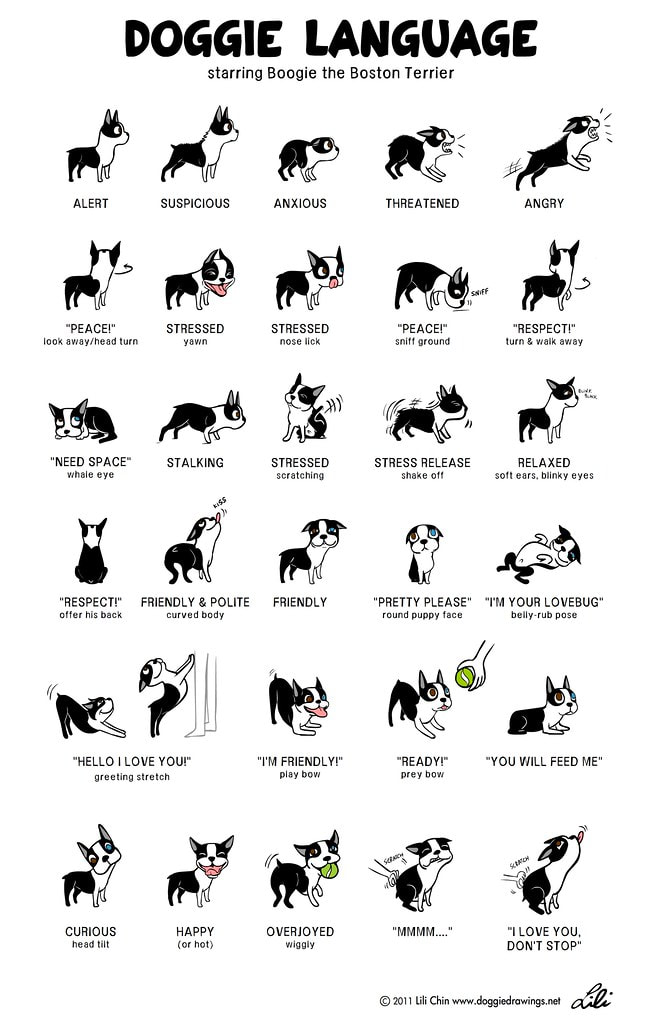|
As dog trainers, we consider ourselves pretty dog aware. We can’t help but look every time we see a dog, whether we’re driving past, out with our own dogs, even just watching out the window in some cases. We have a default habit of noticing and picking apart very subtle body language gestures, and deciphering what they mean. This is a blessing and a curse. More times than we’d like to admit we come across dogs that are scared and worried in certain situations. Obviously being in this industry it's a necessity, however for those people that we aren’t helping, it's challenging to recognise that a dog is stressed and uncomfortable and not be able to do anything about it. There are some mind boggling occasions, however, where we come across people and they are fully aware of how their dog feels, and despite that, continue to put them in the same uncomfortable situation. For as long as I can remember, I’ve always been scared of spiders. I didn’t want them harmed, I just didn’t want to be in their presence. In other words, someone brave had to come and remove them for me, or I’d remove myself from the room. Simple. Unfortunately, it's not so easy for dogs. They communicate quite subtly through their body language, and if this is misread or ignored entirely, they resort to more extreme methods of communication; barking and lunging, growling, snapping, bolting, shaking, shutting down - just to name a few. Generally, the more ‘fight’ like behaviours are of more concern and therefore seem to be addressed more promptly. The flight-like behaviours are often recognised, but are dismissed. This is unfortunate because both show a cry for help, and are totally avoidable if we are vigilant and watch for the subtle body language cues. One of the most important things we try to emphasise to owners is that their dog's emotional state matters, and if they are showing signs of worry or discomfort, do something about it. It’s a given that if it was your child that was worried about something, you’d probably reassure them, give them some space from whatever they’re worried about, or even remove them from the situation entirely. Why is it that when it comes to our dogs, these same feelings are often dismissed? Even worse, sometimes there is an awareness of the dog's discomfort, and yet time after time they put them back into the same scenario.
There is a weird human tendency to think that if we just keep putting the dog back in that same scenario that they hate, that one day they might suddenly like it. Very rarely is that the case. What generally happens is the dog is repeatedly made uncomfortable, stress signs aren’t working, their flight response isn’t working or possible, the dog begins to realise ‘my people keep putting me into this situation so I’m on my own’. The result is a relationship that starts to diminish, a dog that is extremely unsettled, and then they must resort to experimenting with those extreme forms of stressed behaviour to see what is most effective. A situation we have seen, in different variations, looks like the following:
Shutting down, freezing, and trying to avoid interactions hasn’t worked for the dog.
The dog had no choice but to increase their behaviour to make themselves feel safe, and realises that the more offensive behaviours are the ones they must use if put in situations they find frightening. The worst thing about this situation is that the dog would’ve given its best efforts to display its discomfort before resorting to extremes, and in the extreme scenario where a dog snaps, they’ll probably be reprimanded for it - when in reality they were trying to tell us all along and nobody listened. There is a real tragedy that comes with not recognising our dog’s as individuals with their own specific needs and desires. Just because we want our dogs to come along with us to all our events, be friends with all of our family members visiting for the holidays, or have countless fur-buddies at the dog park doesn’t mean that’s what THEY want. You will be doing your dog, your relationship with your dog, and yourself a huge favour if you you know how to read what your dog is telling you with their body language. But the biggest part of that is - you make sure you listen to what they’re saying. Authored by Brooke Rapira Dog Sports Instructor and Prime Pups Educator Co-Authored by Sarah Endres Dog Trainer and Behaviour Advisor
2 Comments
Vivienne picard
15/9/2023 04:40:01 pm
Have problem with my 2 year old boy - (Cavoodle) usually he’s a super balanced dog if off-lead - but when he is on-lead walking and we meet dogs bigger than him, he will lunge and bark in their face. I try to avoid confrontations and walk across other side of road if I see a big dog ahead just to avoid.
Reply
Sarah Endres
15/9/2023 04:48:21 pm
Hi Vivienne!
Reply
Leave a Reply. |
AuthorsArticles created by the team at Allsorts Dog Training, Bay of Plenty, New Zealand Our Library
All
|



 RSS Feed
RSS Feed